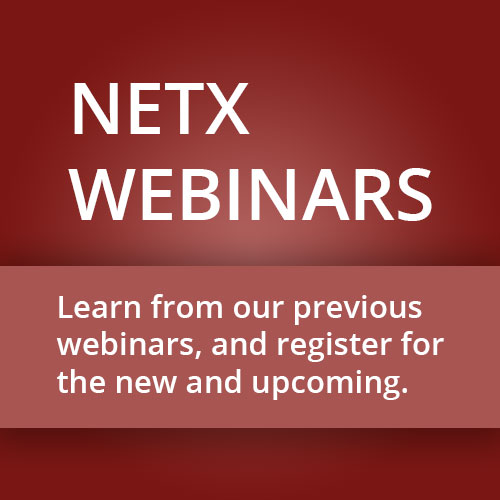Symantec Cluster Server
Key Features
- Automates failover of critical business services including databases and applications within a data center or to multiple remote data centers.
- Dynamically determines application or virtual machine failover target with AdaptiveHA based on forecasted available capacity at target system.
- Supports heterogeneous physical and virtual operating system platforms with out-of-the-box solutions for all major enterprise applications including leading database, application, and storage vendors.
- Leverages the comprehensive management platform provided by Veritas Operations Manager to allow administrators to monitor, manage and report on multiple clusters on different platforms from a single web-based console.
- Integration with Virtual Business Services (VBS), provides orchestrated and automated recovery for applications composed of multiple components running on different physical and virtual tiers, adding resilience to business services.
- Failover applications without a VM reboot to standby healthy virtual machines, for fast application recovery from any failure without impacting VMware features such as VMware® vMotion and Distributed Resources Scheduler (DRS).
- Intelligent Monitoring Framework feature enables faster detection of faults with asynchronous monitoring. Failures can be detected instantaneously instead of waiting for a non-response from a faulted resource.
- Provides comprehensive disaster recovery testing with no impact to in-product applications.
- Ensure cluster upgrades do not impact application availability. Cluster Server software can be upgraded without bringing production applications offline.
Key Benefits
- Ensures availability of mission critical applications and databases during planned and unplanned downtime by monitoring the status of the application and providing fast application failover in the event of an outage or disaster.
- Reduces training and labor costs, as well as software licensing and support by using the same clustering tool across all physical and virtual operating system platforms.
- Recover failed applications running in VMware environments faster, with less downtime without the requirement for VM reboots and while still supporting native VMware technologies like VMware vMotion and VMware DRS while using VMDK disks.
- Builds confidence that the recovery plan will work if a disaster were to happen.
- Increases administrator efficiency through enhanced visualization, automation of common reporting tasks, online upgrades, centralized operational control for global applications, and centralized policy-based notifications.




